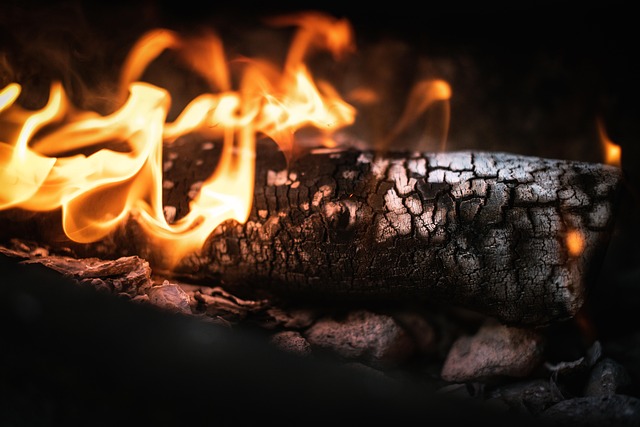Texas homeowners dealing with fire damage should prioritize safety, documentation, and containment. Thoroughly photograph damage, contact insurers immediately, maintain records, and be aware of potential issues. Implement containment measures like protective gear, sheeting, and HEPA vacuums. For extensive damage, seek professional fire restoration specialists. These steps ensure safer environments, restore property value, and improve successful insurance claim outcomes.
After a fire, proper containment of residue is crucial. This comprehensive guide explores essential steps to manage fire damage effectively. We delve into understanding fire residue, navigating insurance claims, and providing practical strategies for safe removal in your Texas home. With detailed insights, this article equips homeowners with knowledge to tackle post-fire restoration, ensuring a smoother process and minimizing potential health risks associated with fire damage. Discover expert tips tailored to Texas homeowners for efficient fire damage management.
- Understanding Fire Residue Containment: The First Steps After a Fire
- Navigating Fire Damage Insurance Claims: Tips for Texas Homeowners
- Effective Strategies for Containing and Removing Fire Residue in Your Home
Understanding Fire Residue Containment: The First Steps After a Fire

After a fire, the initial steps in restoration involve understanding and containing fire residue, a crucial aspect often overlooked by Texas homeowners filing insurance claims. Fire residue includes charred remains, ash, and other particles left behind, which not only pose health risks but also impact property value. Homeowners should begin by documenting damage thoroughly, taking photos of affected areas from various angles. This visual evidence is vital for insurance claim processes and future restoration efforts.
Next, containment becomes a priority to prevent further contamination and damage. Temporary barriers can be erected to isolate affected zones, especially if there’s risk of smoke or soot spreading. Using specialized equipment like air scrubbers and dehumidifiers helps in removing hazardous residues, ensuring a safer environment for residents and restoring the property to its pre-fire condition, which is essential for a successful fire damage insurance claim tips for Texas homeowners.
Navigating Fire Damage Insurance Claims: Tips for Texas Homeowners

Navigating fire damage insurance claims can be a complex process, especially for Texas homeowners unfamiliar with the procedures. Here are some essential tips to guide you through this challenging time. First, thoroughly document the entire process by taking photos and videos of the damaged property, including any smoke or soot residue. This visual evidence will play a crucial role in supporting your claim.
Next, contact your insurance provider promptly and report the loss. Ensure you understand the specific steps required to file a fire damage insurance claim, as different companies may have unique processes. Keep detailed records of all communication and documentation, including any estimates for repairs or replacement items. Additionally, be aware of common pitfalls; some insurers might try to minimize coverage or delay payouts. Therefore, it’s vital to familiarize yourself with your policy terms and rights.
Effective Strategies for Containing and Removing Fire Residue in Your Home

When a fire strikes, it leaves behind not just physical destruction but also hazardous residue that requires careful containment and removal. For Texas homeowners dealing with a fire damage insurance claim, understanding effective strategies to manage this process is crucial. Start by ensuring the immediate safety of everyone involved and securing the premises to prevent further damage. Next, document the extent of the fire damage through photography for your insurance claim.
Effective containment involves wearing protective gear, including gloves, goggles, and a mask, to avoid inhaling toxic fumes or coming into contact with hot surfaces. Isolate affected areas using plastic sheeting and tape to prevent the spread of ash and soot. Utilize specialized equipment like HEPA vacuums to remove fine particulate matter that can be difficult to spot but poses significant health risks. For more severe cases, consider hiring professionals specializing in fire damage restoration, who have access to advanced tools and knowledge to safely contain and eliminate fire residue, ensuring a faster recovery for your Texas home.
Fire residue containment is a crucial step in the fire restoration process, particularly for Texas homeowners navigating fire damage insurance claims. By understanding the importance of quick action and implementing effective strategies discussed in this article, including proper ventilation, professional cleaning, and meticulous documentation, homeowners can ensure their homes are safely restored and maximize their insurance coverage. These tips empower folks to take control after a devastating fire, fostering a smoother transition back into their living spaces.
